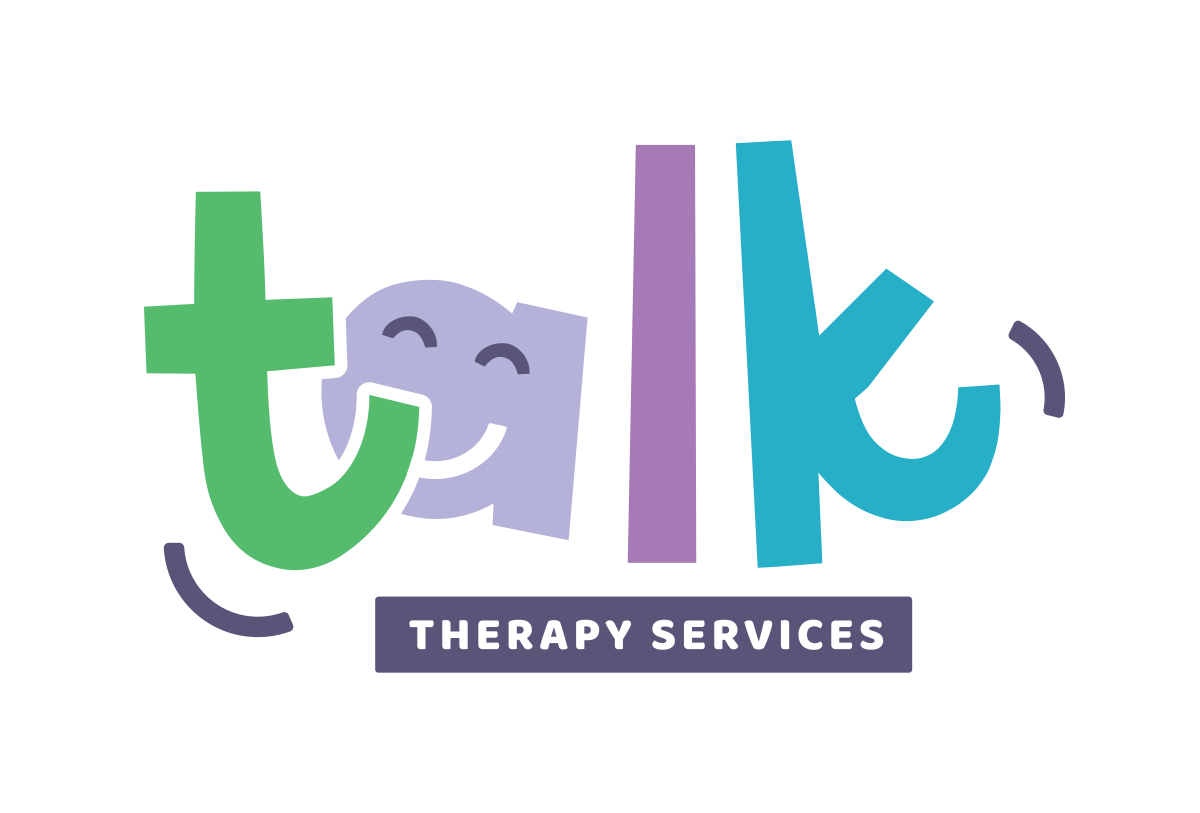Exploring New Innovations in Speech Therapy
The field of speech therapy is continuously evolving, with new innovations constantly emerging to enhance the effectiveness of treatment. These advancements are revolutionizing how speech-language pathologists (SLPs) address communication and swallowing disorders. In this blog post, we will delve into some of the most exciting and impactful innovations in speech therapy.
Teletherapy and Remote Learning:
One of the most significant shifts in recent years has been the rise of teletherapy. This remote therapy model became especially crucial during the COVID-19 pandemic. Teletherapy involves providing speech therapy services via video conferencing tools, allowing clients to receive therapy in the comfort of their own homes. This approach has not only made speech therapy more accessible but has also opened doors to innovative therapy techniques adapted for the digital medium.
Apps and Software for Speech Therapy:
The digital age has brought a plethora of apps and software designed specifically for speech therapy. These tools offer interactive and engaging ways to practice speech and language skills. For example, apps that use gamification to encourage articulation practice or language development have become increasingly popular. These applications often include progress tracking features, making it easier for therapists and clients to monitor improvements over time.
Virtual Reality (VR) and Augmented Reality (AR):
VR and AR technologies are beginning to find their place in speech therapy. By creating immersive and interactive environments, they provide unique ways to engage clients, particularly children. For instance, VR can be used to simulate social scenarios for practicing social communication skills or to create distraction-free environments for concentration-intensive tasks.
Wearable Technology:
Advancements in wearable technology are opening new frontiers in speech therapy. Devices like smartwatches and wearable speech-generating devices can provide support for individuals with communication difficulties in their daily lives. These devices can be programmed with personalized phrases, aiding in effective communication in various social settings.
Articulation Tools with AI Integration:
Articulation tools, integrated with Artificial Intelligence (AI), are transforming the way speech sounds are taught and practiced. These tools analyze speech patterns and provide real-time feedback, making it easier for individuals to understand and correct their articulation errors. This technology is particularly beneficial for clients who may not have regular access to a speech therapist.
Speech-Generating Devices with Advanced Features:
Speech-generating devices have been around for a while, but recent advancements have significantly improved their functionality. Modern devices now come with more natural-sounding voices, customizable interfaces, and predictive text features, making them more user-friendly and effective for individuals with speech impairments.
Language Development Games and Interactive Activities:
Interactive games and activities, often web-based or app-based, are being increasingly used to make speech therapy more engaging, especially for children. These games are designed to target specific language skills, such as vocabulary development, sentence structure, and storytelling, in a fun and interactive way.
Data-Driven Therapy Approaches:
The use of data analytics in speech therapy is helping therapists make more informed decisions about treatment plans. By analyzing data collected from therapy sessions, SLPs can tailor their approaches to better meet the specific needs of each client.
3D Printing in Speech Therapy:
3D printing technology is being used to create custom-made tools and devices for speech therapy. This includes items like palate prosthetics or models used for articulation therapy, providing customized solutions for individual clients.
The landscape of speech therapy is rapidly changing, with technology playing an increasingly vital role. These innovations are making therapy more accessible, engaging, and tailored to individual needs. As we continue to embrace these advancements, the potential for improved outcomes in speech and language therapy is immense.

